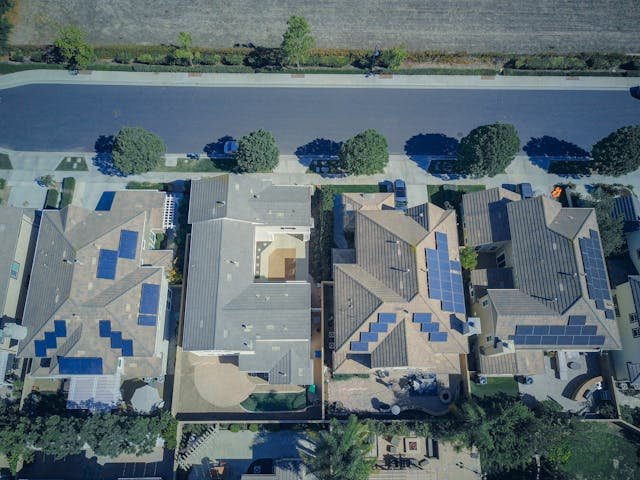The journey to sustainable living often begins with small, impactful steps. Among these steps, the practice of composting holds significance. By converting kitchen scraps and yard waste into nutrient-rich compost, homeowners reduce the amount of waste going to landfills and nurture the soil in their gardens. Here’s a guide to understanding and embarking on the composting journey right at home.
How to Get Started with Home Composting
Understanding the Composting Process
Recycling in its most natural form is called composting. Compost is a rich, black, and crumbly substance produced as a byproduct of the decomposition process aided by microorganisms and carried out on organic materials such as grass clippings, leaves, and food scraps from vegetable preparation. This final product, often referred to as “black gold,” improves the quality of the soil by adding critical nutrients that stimulate the development of plants. In addition, compost enhances the structure of the soil, which in turn makes it more aerated and increases its capacity to retain water. Composting is a sustainable and ecologically beneficial method that decreases organic waste in landfills. As a result, methane emissions are mitigated, reducing a person’s carbon footprint.
Why Composting Matters
Methane is a strong greenhouse gas, far more powerful than carbon dioxide, and landfills are stuffed with organic waste that decomposes anaerobically (without air). Composting organic waste at home exposes it to air, which speeds up the process of natural decomposition and cuts down on the amount of methane released into the atmosphere. In addition, compost can be used as a natural fertilizer since it is rich in nutrients that are beneficial to the development of plants. This reduces the need for the use of chemical fertilizers, which have the potential to pollute groundwater and cause damage to species in the soil that are beneficial. Consequently, composting not only helps to solve environmental problems linked to waste management but also encourages sustainable agriculture.
Choosing the Right Compost Bin
You will need a compost container or a compost pile to start composting. Composting bins placed outside are common, but indoor worm bins, also known as vermicomposting, are a better option for those with restricted space, such as those living in apartments. When selecting a bin, take into account both the quantity of garbage that will be created and the space that will be available. In addition, the materials you want to compost might affect your decision since some systems can be more appropriate for composting certain kinds of organic waste than others. Composting will only be effective if enough aeration and moisture levels are maintained throughout the process, regardless of the approach used.
Mastering the Green-Brown Balance
One of the essential aspects of successful composting is achieving the right balance between green and brown materials. Green materials are typically wet, like food scraps and fresh grass clippings. In contrast, brown materials are dry, such as leaves or cardboard. The green components provide nitrogen, while the brown ones supply carbon – both crucial for decomposition. It’s also important to ensure these materials are broken down into smaller pieces. This can be aided by compostable bags that degrade along with their contents. Striking the right green-brown balance aids in faster composting and produces nutrient-rich compost for your garden.
Knowing When Compost is Ready
Finished compost is dark, crumbly, and has an earthy odor, resembling rich, fertile soil. The original materials, whether kitchen scraps or yard waste, will have decomposed to a point where they are unrecognizable. This transformation process can vary in duration, usually from two months to two years, depending on the materials used, the conditions, and the level of maintenance the pile receives. Regular turning and the right balance of ingredients can expedite this process. Once the compost is ready, it can be mixed with garden soil to enhance its fertility, providing plants with vital nutrients to thrive.
Conclusion
Composting, a practice as ancient as agriculture, has found renewed interest among modern homeowners looking to embrace sustainable practices. This simple act mitigates the environmental impact of organic waste and revives the soil, ensuring a richer yield. As individuals look towards greener futures, composting stands out as an eco-friendly cornerstone in waste management.
















